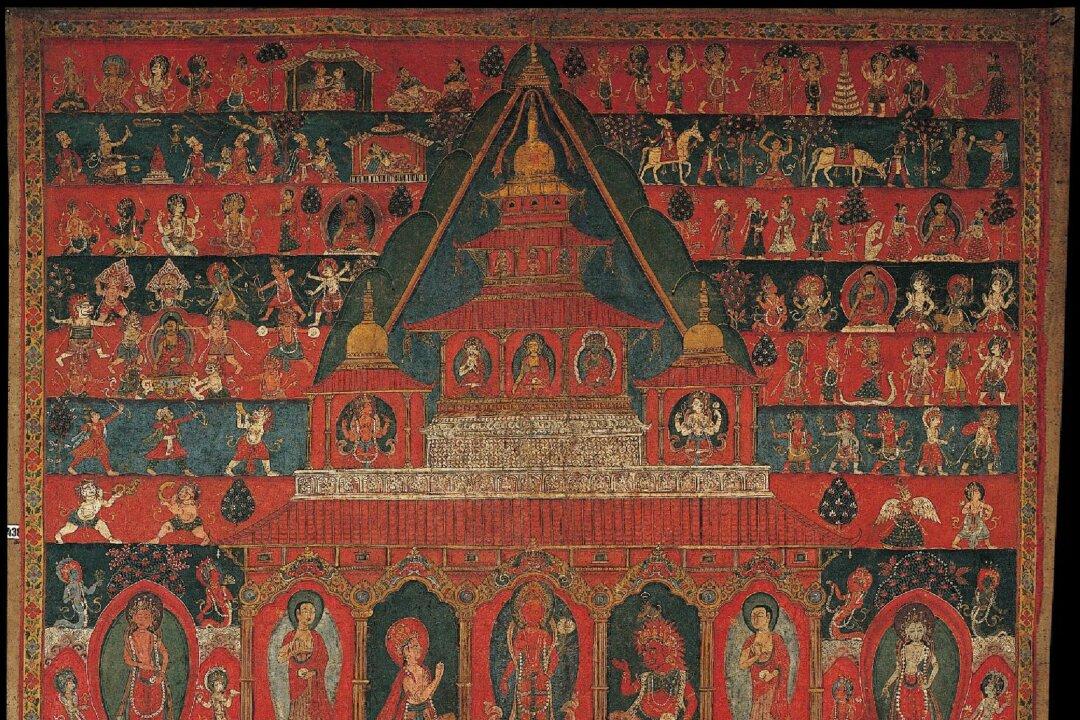Throughout much of Asia—and over the course of several centuries—the Newars of the Kathmandu Valley have been held in the highest regard for their artistic prowess and sought after by wealthy patrons of various national, ethnic, and religious backgrounds.

Avalokiteshvara - Rakta Lokeshvara Red Lord of the World, Nepal, 1800 - 1899; Ground Mineral Pigment on Cotton (Collection of Rubin Museum of Art
|Updated:

